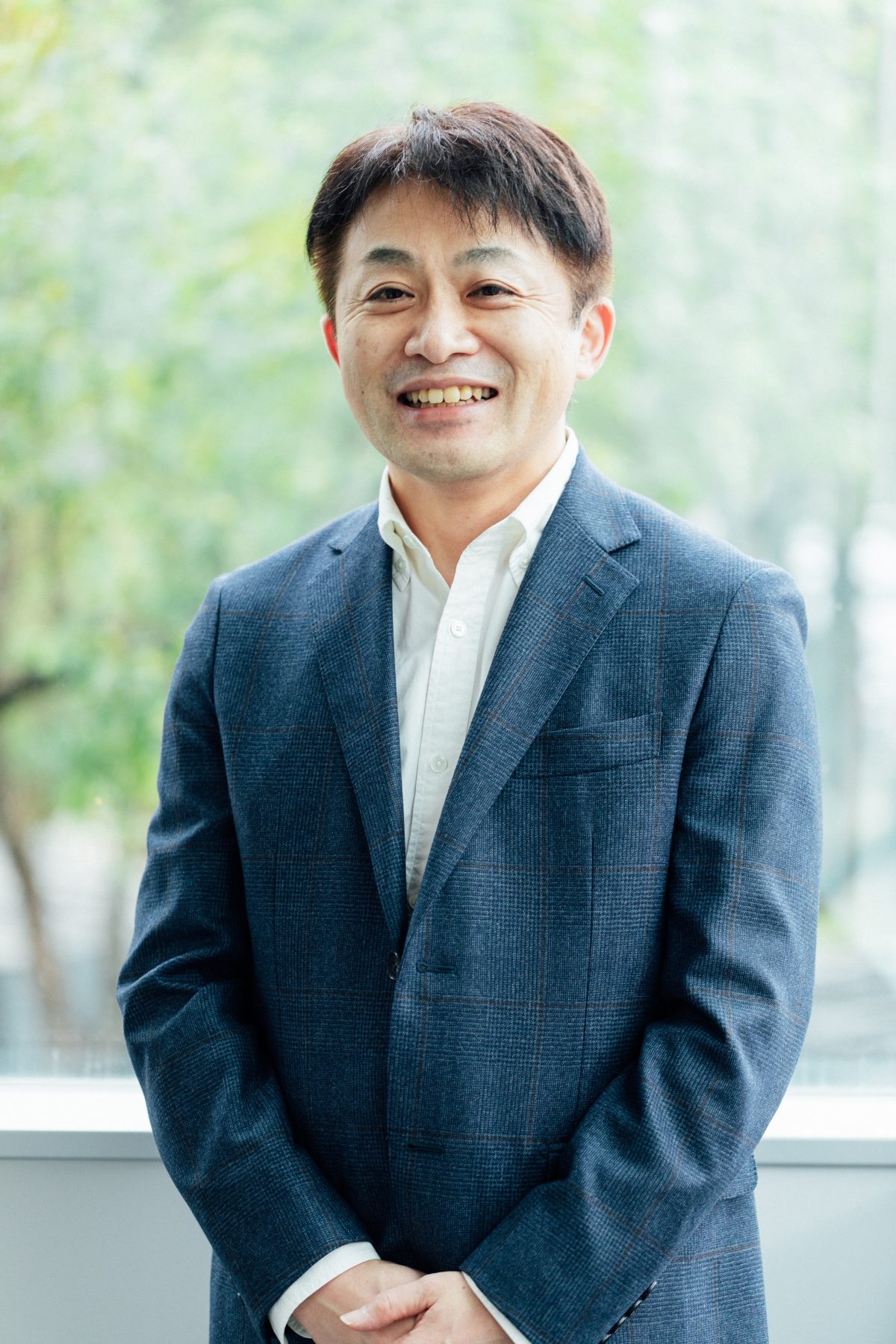Introduction of the Center for Designed Futures of Kyushu University
Kyushu University, a frontrunner in design studies in the country, aims to connect accomplished academic institutions in the design field with domestic and international industries in order to accelerate the societal implementation of research results to create a society of the future.
Current state
- There is not enough connections between research findings from universities and academic institutions and the solutions to social problems.
- It is necessary to clear away biases intrinsic to each communal unit and create new ideas and values.
- The creation of new ideas and values is not easy and does not happen by chance. Many research seeds end up buried without being returned to society.
- Today, in our country, there is no space which enable collaborative sharing of research seeds and the creation of new values using design studies. There is also a lack of talent who can connect these aspects of design.

We need a strategic “creation of new value” using the power of design studies.
Use the design studies of Kyushu University to discover new values from the many research seeds of academic institutions and connect it with solutions to social issues in collaboration with industries who have a high capacity to turn these into practical solutions.
Meaning of the organization
- Creation of a research network centered around design studies frontrunner Kyushu University and a nuclear network of prominent design universities in the country.
- Bringing research findings based on new values with design as its fundamental basis with industry for strategic implementation in society.
- Generate and disseminate research findings and innovation based on design studies from Asia to the world.
- Set up an international research project to take up the challenge of solving issues common to all of humankind in thinking of the society of the future, such as the United Nations' Sustainable Development Goals (SDGs) and promote it through cooperation among multiple universities.

The United Nations Sustainable Development Goals (SDGs)
Kyushu University, in taking up the challenge to solve problems of humankind, builds an international center for designed futures
In order to form a nationwide joint research base of design studies in the future, first of all, a research network "Association of Design Departments and Schools in Japanese Public Universities" will be formed centered around the prominent design universities in the country in order to undertake collaborative design studies research at this center.
New concepts and creation of new value are not born easily or by accident. Together with researchers in design studies, a research platform that allows collaboration between academia and industry will be created and to promote projects that strategically implement the research findings from these collaborations.

Strategy 1 Strengthening the global core strategy
Assemble oustanding researches and students through the establishment of an international base for design studies and maintain and develop its standing as a top university in Asia.
- Improving the reputation of research
- Invite international researchers / research units, increase the number of international students
- Increase the number of international conferences and symposiums, etc.
Create a strong innovation base in Asia grounded in design studies and disseminate trends from Asia to the world such as the uniquely Asian values and cultures.
Establish international joint research projects and promote the collaboration between Kyushu University and other universities with the private sector to contribute to resolving the common issues for all of humankind mentioned in the UN Sustainable Development Goals (SDGs) which were agreed upon by to world to be achieved in 2030.

Strategy 2 Strengthen the creation and leading of innovation
Overcome issues faced by humankind and realize a society sustainable both for humans and Mother Earth.
- Implement international joint research
- Increase joint research and funded research
- Accelerate procurement of external financial resources
- Increase number of publications with international joint authorship

